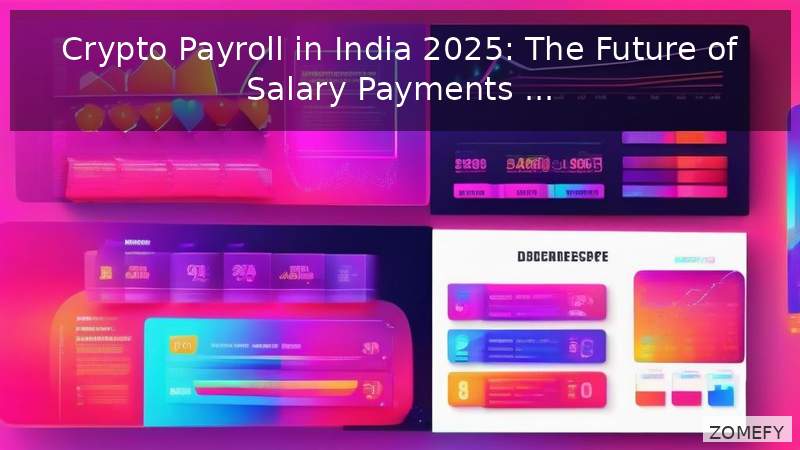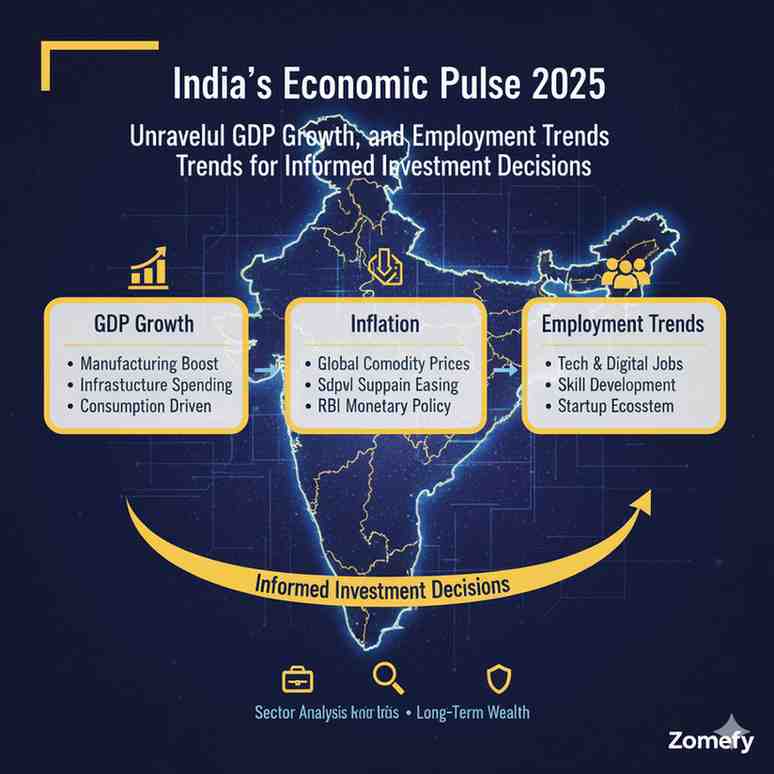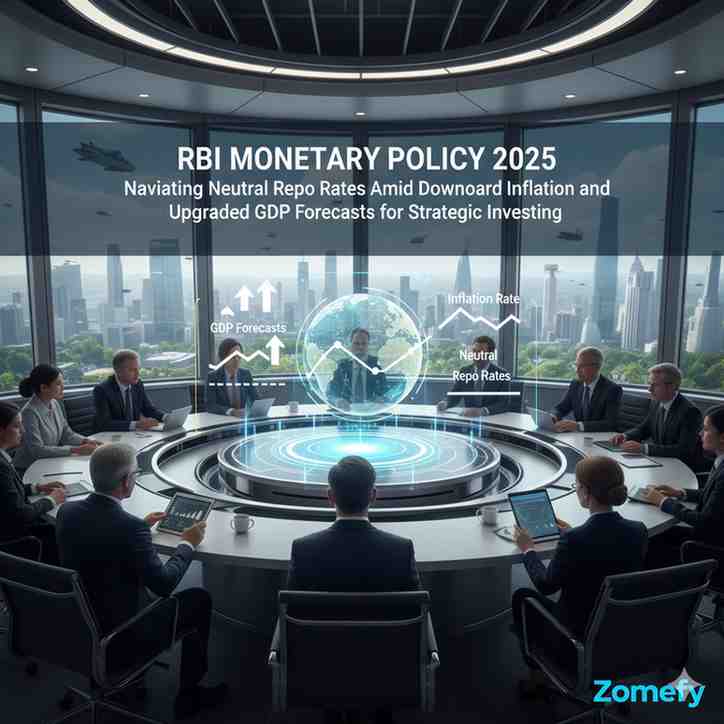Crypto 2025: How Blockchain, AI, and Tokenization Are Shaping the Next Financial Revolution
Comprehensive analysis of crypto market trends for 2025, covering blockchain technology, AI integration, tokenization, and regulatory developments shaping the future of finance.
Crypto 2025: How Blockchain, AI, and Tokenization Are Shaping the Next Financial Revolution
What You Can Do Next
- Read the full article for complete insights
- Save for later reference
- Share with others learning about this topic
Image not available
The cryptocurrency landscape has undergone a dramatic transformation, evolving from speculative digital assets to fundamental infrastructure powering the next generation of financial services. In 2025, we stand at the convergence of three revolutionary technologies: blockchain, artificial intelligence, and tokenization. This convergence is not just reshaping how we think about money and assets, but fundamentally altering the architecture of global finance. From institutional adoption reaching unprecedented levels to regulatory frameworks providing clarity, the crypto ecosystem is maturing into a sophisticated financial infrastructure that promises to democratize access to capital, enhance transparency, and create new economic models that were previously impossible. This comprehensive analysis explores how these technologies are intersecting to create a new financial paradigm that extends far beyond traditional banking and investment systems.
The Resurgence of the Crypto Bull Market
Institutional Investment Trends
Market Performance and Metrics
Tokenization: Unlocking New Asset Classes
Real Estate Tokenization Revolution
Commodity and Precious Metal Tokenization
Artificial Intelligence Meets Blockchain
AI-Powered DeFi Protocols
Intelligent Smart Contracts
The Regulatory Landscape and Stablecoins
Central Bank Digital Currencies (CBDCs)
Stablecoin Market Evolution
Decentralized Finance (DeFi) Evolution
DeFi Lending and Borrowing
DeFi Insurance and Risk Management
The Future of Digital Identity and Privacy
Zero-Knowledge Proof Applications
Decentralized Identity Systems
Environmental Impact and Sustainability
Renewable Energy Integration
Carbon Offset Programs
Conclusion
The convergence of blockchain, artificial intelligence, and tokenization is creating a new financial paradigm that promises to democratize access to capital, enhance transparency, and create economic models that were previously impossible. As we look toward the future, these technologies are not just reshaping finance—they're redefining what's possible in our global economy. The transformation is already underway, with institutional adoption reaching unprecedented levels and regulatory frameworks providing the clarity needed for continued growth. The next phase of this revolution will likely see even greater integration between traditional and decentralized finance, creating hybrid systems that combine the best of both worlds. For investors, businesses, and individuals, understanding and adapting to these changes will be crucial for success in the new digital economy. The future of finance is being written today, and those who embrace these technologies will be best positioned to thrive in the years ahead.
Frequently Asked Questions
How is AI transforming cryptocurrency trading and investment?
AI is revolutionizing crypto trading through autonomous trading agents that manage over $100 billion in assets, executing complex strategies that adapt to market conditions in real-time. AI-powered DeFi protocols provide personalized investment advice, automated portfolio management, and intelligent risk assessment. Machine learning algorithms analyze transaction patterns to detect fraud, reducing crypto-related fraud by 85%. AI-enhanced smart contracts can make decisions based on real-world data and automatically adjust investment strategies based on predictive analytics.
What is tokenization and how is it changing asset ownership?
Tokenization converts real-world assets into digital tokens on blockchain networks, democratizing access to previously exclusive investment opportunities. Over $2 trillion in real estate has been tokenized, allowing fractional ownership of premium properties. Art, commodities, and traditional securities are being tokenized, enabling 24/7 trading and reducing settlement times from days to minutes. This creates new liquidity for illiquid assets and opens up investment opportunities to a broader range of investors with lower minimum investment requirements.
How are stablecoins being used for international payments?
Stablecoins have become the preferred method for international payments, with corporations using them for over $50 billion in daily transactions. They offer faster settlement times, lower fees, and 24/7 availability compared to traditional banking systems. Major stablecoin issuers have implemented comprehensive compliance programs, and new multi-currency stablecoins provide diversified stable value options. Enterprise adoption is growing rapidly, with corporations using stablecoins for payroll, supplier payments, and treasury management.
What role do Central Bank Digital Currencies (CBDCs) play in the crypto ecosystem?
CBDCs represent the intersection of traditional monetary policy and blockchain technology. Over 80% of G20 countries have launched or are testing CBDCs, with the digital dollar and digital euro leading the way. CBDCs incorporate smart contract functionality for automated tax collection and programmable monetary policy. They're designed to provide banking services to unbanked populations and enable cross-border payments that settle in minutes instead of days. CBDCs are creating new opportunities for financial inclusion and more efficient government services.
How is the crypto industry addressing environmental concerns?
The crypto industry has made significant environmental improvements, with Bitcoin's energy consumption decreasing by 60% through renewable energy adoption. Major blockchain networks have achieved carbon neutrality through renewable energy sources and carbon offset programs. Mining operations are increasingly powered by solar, wind, and hydroelectric energy. Some blockchain networks automatically purchase carbon offsets for each transaction, and crypto companies are funding large-scale reforestation projects. The industry is also using blockchain technology to track and verify carbon offset projects for transparency and accountability.
Disclaimer: This analysis is for educational purposes only and should not be considered as investment advice. Cryptocurrency investments are highly volatile and speculative, with the potential for significant losses. Past performance does not guarantee future results. Please consult with a qualified financial advisor before making investment decisions. The information provided is based on current market conditions and may not reflect future developments in the rapidly evolving cryptocurrency and blockchain space.
Continue Your Investment Journey
Discover more insights that match your interests

Crypto Payroll in India 2025: The Future of Salary Payments and Tax Implications for Retail Investors
Cryptocurrency payroll systems represent a transformative shift in how Indian companies compensate employees, particularly in the tech and fintech sectors.

India's Economic Pulse 2025: Unraveling GDP Growth, Inflation, and Employment Trends for Informed Investment Decisions
India's economy in 2025 stands at a pivotal juncture, characterized by robust GDP growth, moderated inflation, and evolving employment trends that collectively shape the investment landscape.

RBI Monetary Policy 2025: Navigating Neutral Repo Rates Amid Downward Inflation and Upgraded GDP Forecasts for Strategic Investing
The Reserve Bank of India (RBI) has maintained a neutral stance on monetary policy in 2025, holding the repo rate steady at 5.

RBI’s 2025 Monetary Policy Unpacked: Impact of Repo Rate Cuts and Liquidity Measures on Indian Markets and Investments
The Reserve Bank of India’s (RBI) monetary policy decisions in 2025 have been pivotal for Indian markets, shaping liquidity conditions, interest rates, and growth trajectories in a year marked by g...
Explore More Insights
Continue your financial education journey
